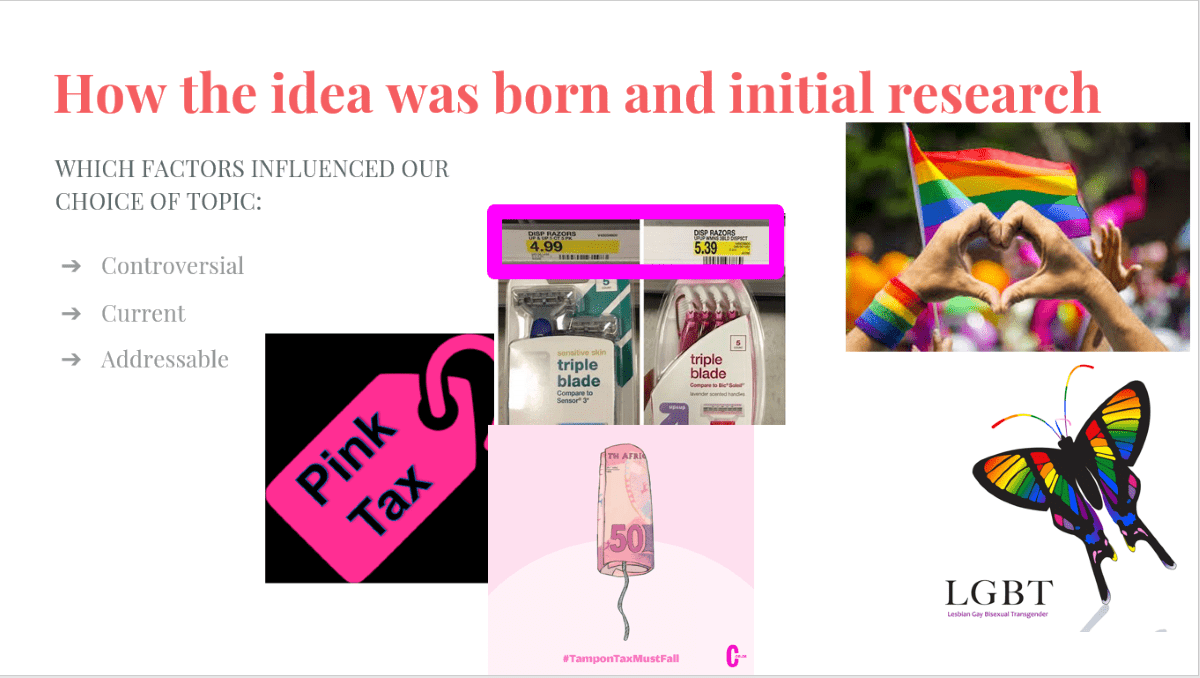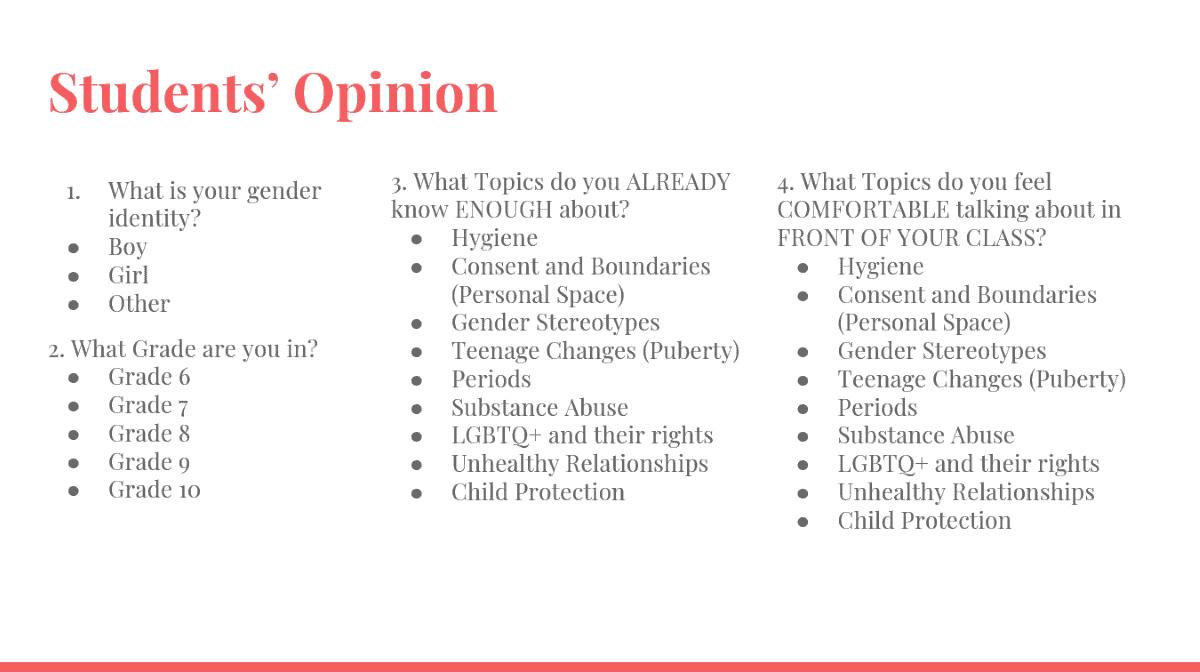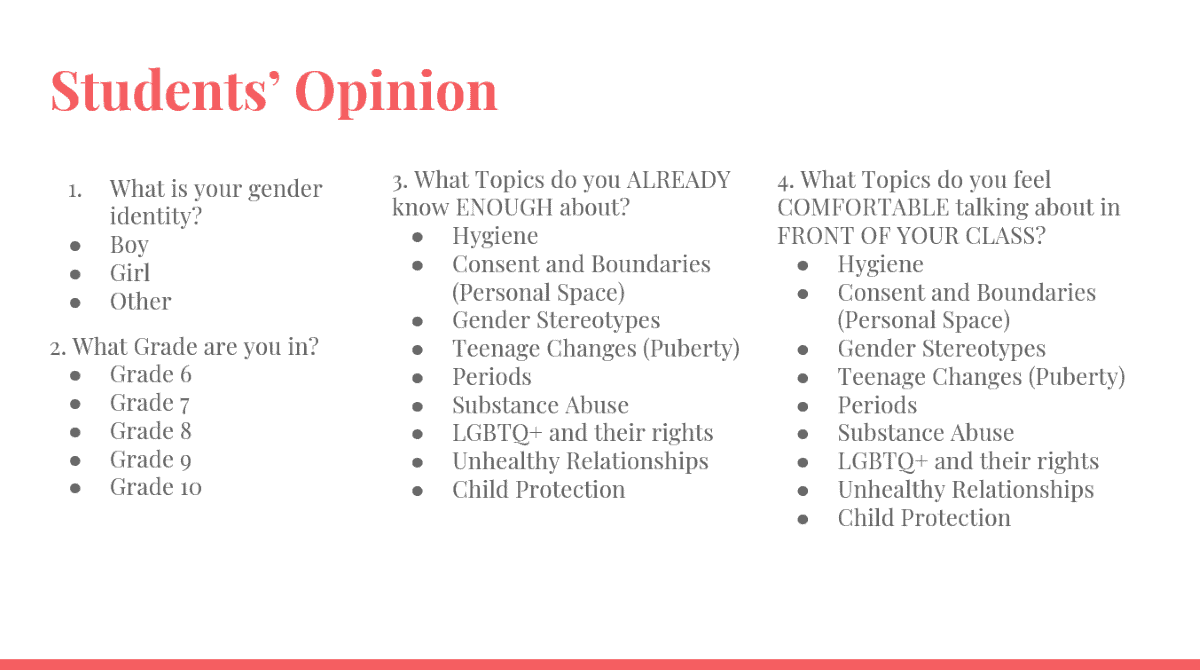Middle Years Programme (MYP) educator, Mariel Reid, reflects on her experience on working alongside students to develop a new curriculum to utilise in Personal, Social, Emotional (PSE) education lessons.
On a crazy day in a classroom, all the beautiful theory and good practice that I learned in graduate school mostly goes right out the window. Perhaps that is an exaggeration, though as educators I think we’ve all been there—especially in these last few years, which have been challenging to say the least. However, there is one concept that sticks with me, even more so on a difficult day, that often turns frustrations into joy—meeting as equals.
Renowned American psychologist Carl Rogers defined “meeting as equals” as “something immediate, equal, a meeting of two persons on an equal basis” (Woods, 2014). I was greatly inspired by Rogers’ interview with Saybrook University, where he discusses this concept and others that he applied to education (Rogers, 2001). It struck me how relevant it was to my own teaching and for student development.
In my former role as a PYP and MYP support teacher I always found myself asking students “what is it that you need?” or “what is your goal for your learning right now?” Students were always able to tell me about their needs, their personal ways of learning, and what is important for them.
Therefore, when a group of students in our Global Issues Network club informed me that they found it strange that our school did not have a sex education curriculum and how it hindered their understanding of important world issues, my natural response was to encourage them to develop the curriculum they wanted to have. And so, our journey began, together, as equals.
There was I, with the deep knowledge of curriculum and lesson plans and in the middle of a PSDHW (Personal and Social Development, Health and Wellbeing) unit for my master’s programme, and there were the students, with their own clear ideas about how they learn best, what they needed to know and what they felt was appropriate for each age.
The MYP is designed to foster student voice and choice, but it is normally schools and teachers who set the curriculum. The students began by utilizing my child protection curriculum that I was then developing as an assignment for my master’s programme. Then they began a self-directed Inquiry, using their ‘atl’ (approaches to learning) skills to research other PSE programmes while also interviewing and surveying their peers across the MYP.
It was an epic experience resulting in a comprehensive curriculum with activities, resources, and learning outcomes—all designed and developed by the students themselves. Excitingly, this curriculum was approved by leadership and began implementation in 2020.
Then the reality set in. How would we implement this curriculum in our Personal, Social, Emotional (PSE) education lessons every week? PSE itself was already facing many common obstacles such as:
- volunteer teachers with little planning time and little or no formal PSE training,
- PSE being used for other activities such as assemblies, (Gabhainn, O’Higgins, et al, 2010)
- and an idea that a non-assessed class such as PSE is somehow less important than other subjects (Crow, 2008).
The MYP years cover the critically important transition from early adolescence to late adolescence. Effective adolescent PSE curriculums develop students social, emotional, and affective skills helping students to better understand and develop their own identities and personal agency. But often prescribed PSE curriculums are not what young people feel is relevant to their own experience (Pound, Langford, et.al, 2016). While this issue of relevancy was improved using a student-designed curriculum, imposing a curriculum on other students who were not involved in its development does not naturally leave room for further student agency and choice.
Therefore, when it came time to do my own master’s thesis, I decided to investigate how a potential set curriculum can both facilitate volunteer teachers and interdisciplinary approaches to PSE while also building in opportunities for true student agency and participation, in other words a curriculum that continues to meet students as equals.
As part of my research I conducted a series of surveys and focus groups within the school. Two key findings really struck me:
- 75% said that PSE was equally (50%) or more (25%) important than other academic subjects;
- 50% of students believe PSE teachers should follow a combination of students deciding on topics and set curriculum, while the other 50% believe that students should decide (Reid, 2021). No students believed only a set curriculum should be used.
The data made clear that PSE is very important to our students, and they want to be active partners in their PSE education. Research supports this as active student participation in their own PSE learning leads to stronger academic and personal wellbeing outcomes (Loschert, 2019). Together with the students we developed an action plan with the following solutions:
- integrating student voice through activities such as question boxes (an actual or virtual box where students can put or write anonymous questions)
- additional teacher training and planning time
- a yearly curriculum review cycle,
- and always leaving space for personal inquiry
Our PSE curriculum continues to be a work in progress, but our action points enable us to constantly facilitate student agency in our PSE planning and implementation, while overcoming everyday obstacles such as a lack of sufficient planning time.
This experience taught me so much but mainly reinforced what I concluded in my thesis—while research and indicators are important, the best way to understand what young people need is to ask them.
So, when the projector has died right before a lesson involving ten one-minute videos and I am feeling frustrated, I look around the room full of MYP students and I see my companions, those on this journey with me. I ask them “Help! This was my plan, this was the goal, what should we do now?”. They smile, they laugh, they help. They tell me that they need to review the concepts from the last lesson that are not yet clear to them. They offer to make a learning game through Kahoot while I transfer the videos to Google classroom and attempt in vain to fix the projector. They meet me where I am at. They guide me when I cannot guide them. Together, we continue our journey that is learning, side by side, as equals.

Mariel Reid is a MYP Individual and Societies teacher the International School of Bologna. Through her work in the classroom, in service learning, and with the Global Issues Network club of which she is the supervisor, Mariel has become very passionate about student agency and social emotional learning and has recently completed her master’s thesis on these aspects of education with the University of Aberdeen. Collaborating with students on this project has allowed Mariel to continue to connect with her students and discuss topics which are important to their emotional growth even during pandemic induced remote learning, for which she is very grateful.
Crow, F., (2008). Learning for well‐being: personal, social and health education and a changing curriculum. Pastoral Care in Education, 26(1), pp.43-51.
Gabhainn, S.N., O’Higgins, S. and Barry, M., (2010). The implementation of social, personal and health education in Irish schools. Health Education, 110(6), pp.452- 470.
Pound, P., Langford, R. and Campbell, R., (2016). What do young people think about their school-based sex and relationship education? A qualitative synthesis of young people’s views and experiences. BMJ Open, 6(9), pp.e011329-2016-011329.
Rogers, C., (2001). The interpersonal relationship in the facilitation of learning. Supporting lifelong learning, 1, p.25.
Saybrook University, (2012). Carl Rogers: The Conversation | Saybrook University. Available at: <https://www.youtube.com/watch?v=vNZPVTswrhs>.
Woods, I., (2014). Carl Rogers, Martin Buber, and Relationship. Éisteach, [online] 14(2), p.16. Available at: <https://iacp.ie/files/UserFiles/IJCP-Articles/2014/Carl-Rogers-Martin-Buber-and-Relationship-by-Ian-Woods.pdf>.



